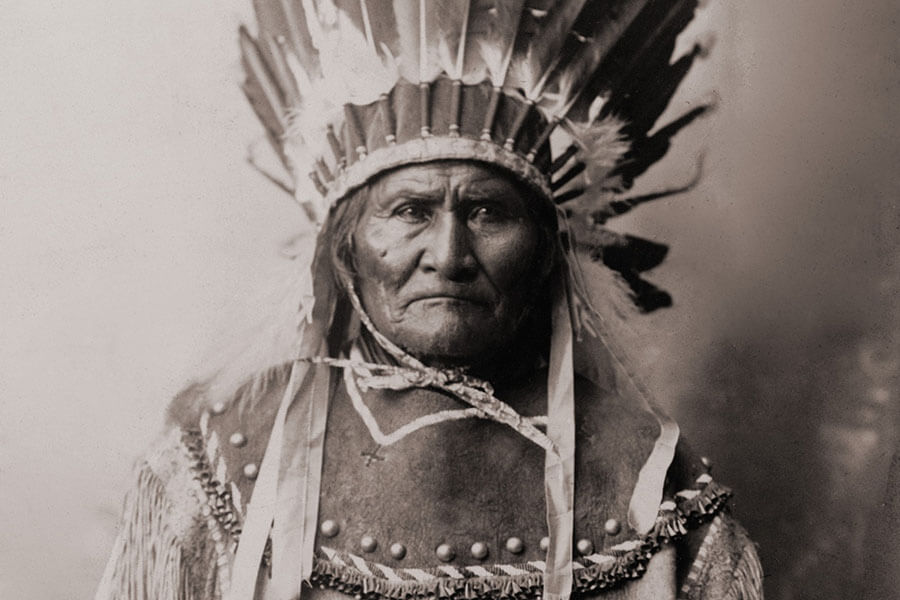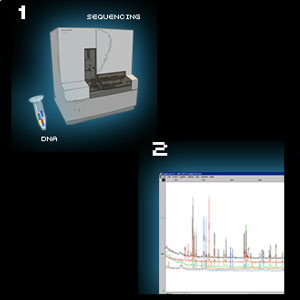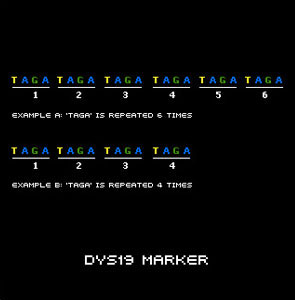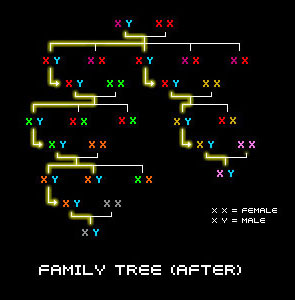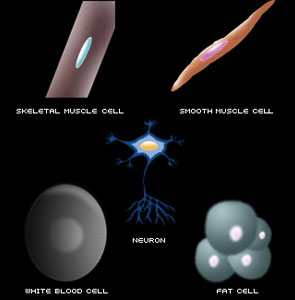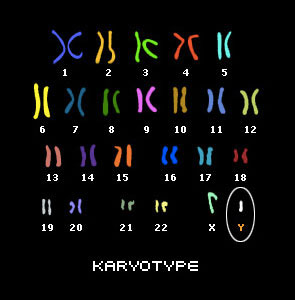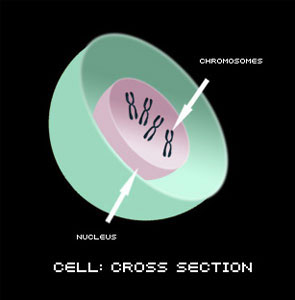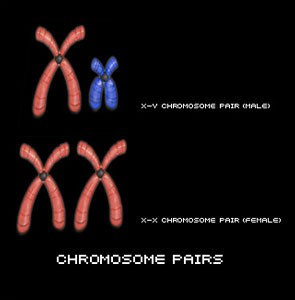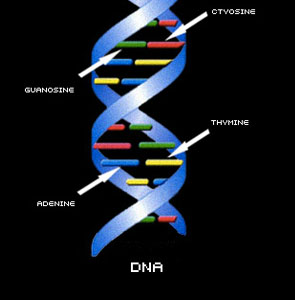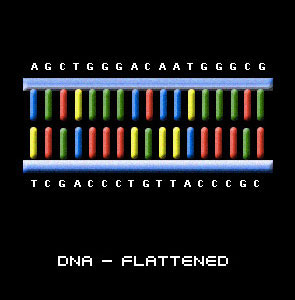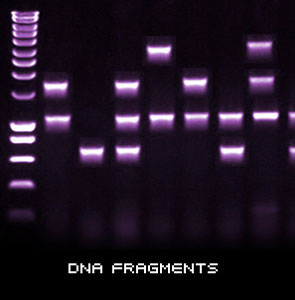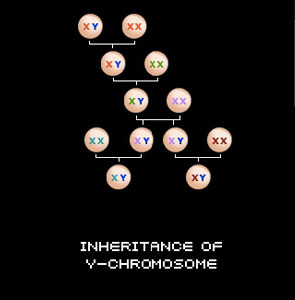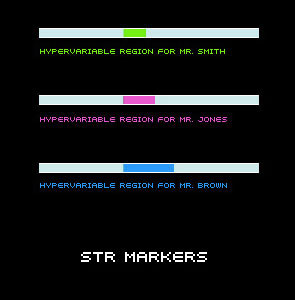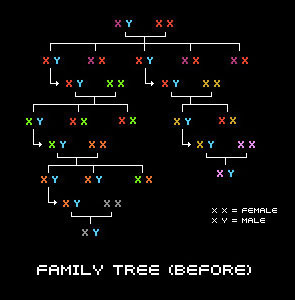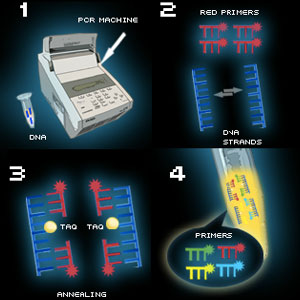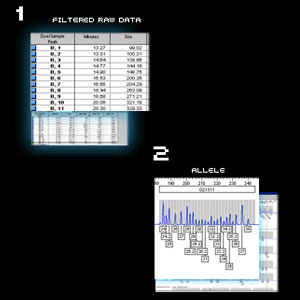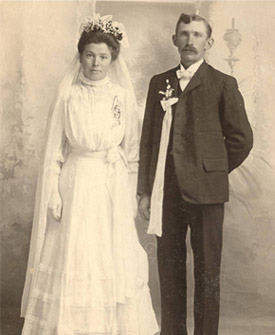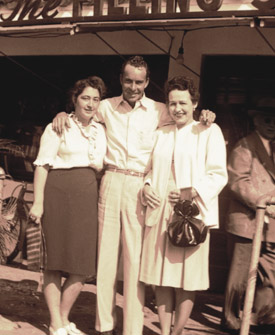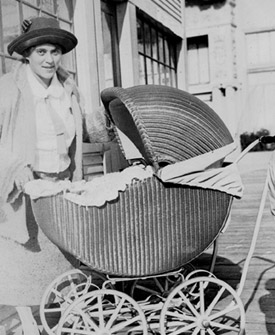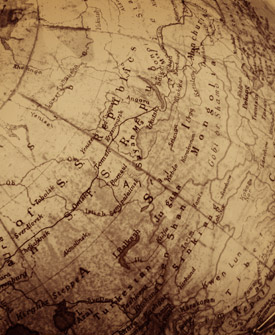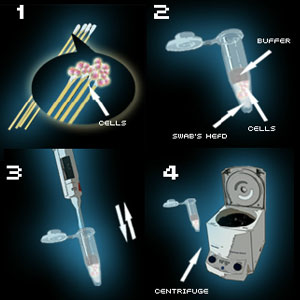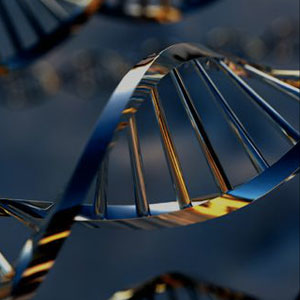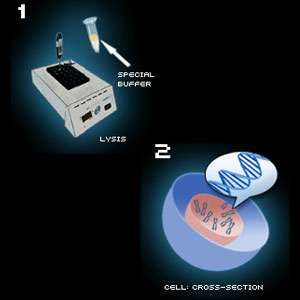Features Available
After you receive your final test report, you can make use of your genetic markers in a number of exciting database features. Find long lost relatives, compare against indigenous populations from around the world, investigate your deep ancestry, compare against historical figures, and more!
Both mtDNA and Y-DNA markers can be used in the databases. The databases are constantly updated so you will continuously receive the newest updates. The databases are free once your test is completed. There are absolutely no membership fees.
Find out where your ancestors came from
Obtain real time geographical overviews of how your markers compare to markers from different parts of the world. Find out where your ancestors originated from, their path of migration, and where they have scattered throughout time. Login your control panel at any time to check the progress of the project and find new and exciting information about your ancestry.
Find out your ancestors’ ethnic origins
Find the race of your ancestors by discovering your haplogroup. Were they European, and if so, which haplogroup did they belong to? Do you have a Native American Ancestry? What about African ancestry? Do you belong to the famous Jewish Cohanim line? Were you related to Niall of the Nine Hostages? Find out these interesting facts and many more.
View the interactive world map
As generations pass, mutations occurred naturally in our ancestors’ DNA. These mutations allow us to trace distant ancestral lines, but also give us information about our more recent ancestry. Find out the % match of your markers to markers from around the world. View a real time graphical overview of the distribution of matching markers from around the world.


